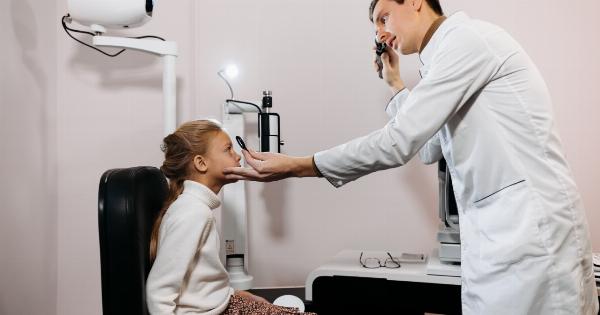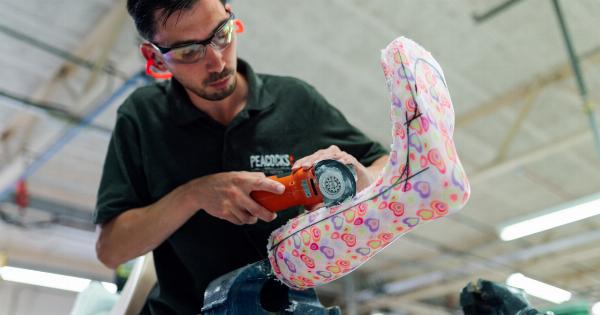Liver transplantation is a life-saving procedure that has revolutionized the treatment of end-stage liver disease. The first successful liver transplant was performed in 1967 by Dr. Thomas Starzl at the University of Colorado.
This groundbreaking surgery paved the way for the development of liver transplant programs around the world. However, despite its initial success, the field of liver transplantation faced numerous challenges, including cases where neglect jeopardized the outcomes of these complex surgical procedures.
The Dawn of a Medical Breakthrough
Dr. Thomas Starzl’s first successful liver transplant in 1967 marked a new era in medical advancements. The surgery involved replacing a patients’ diseased liver with a healthy liver from a deceased donor, ensuring a second chance at life.
The breakthrough garnered international attention and ignited hope for countless individuals suffering from end-stage liver disease.
Pioneers Illuminate the Path
Following the remarkable success of the first liver transplant, more medical professionals embarked on the journey to advance liver transplantation as a standard treatment option. Surgeons such as Dr. Roy Calne in Cambridge and Dr.
Christoph Broelsch in Chicago played pivotal roles in refining surgical techniques, minimizing complications, and expanding the donor pool. Their relentless dedication and innovation helped shape liver transplantation into the highly specialized discipline it is today.
The Evolution of Organ Allocation
As liver transplant programs began to emerge worldwide, the need for a fair and efficient organ allocation system became evident.
In 1984, the United Network for Organ Sharing (UNOS) was established in the United States to oversee the equitable distribution of organs. This landmark development aimed to ensure that available livers were allocated based on medical urgency, rather than geographic location or financial means, granting equal opportunities to all patients in need.
A Soaring Demand and Limited Supply
Despite the significant progress made in liver transplantation, a stark contrast between demand and supply persisted.
The number of patients waiting for liver transplants grew exponentially, while the availability of suitable donor organs remained insufficient. This disparity fueled the development of alternative solutions such as living donor liver transplantation, split liver transplantation, and the utilization of extended criteria donors.
These approaches aimed to maximize the number of transplantable livers and increase patient survival rates.
Derailed by Neglect: Three Critical Days
While liver transplantation had established itself as a highly successful procedure, incidents of neglect after the surgery remained a cause for concern.
In some cases, post-transplant patients experienced a lack of proper care and monitoring, leading to critical complications and, in some unfortunate instances, even death.
Recognizing the Importance of Post-Transplant Care
Post-transplant care is a crucial aspect of ensuring the long-term success of liver transplantation. Patients require close monitoring, diligent medication adherence, and regular follow-up visits to prevent complications and rejection.
Neglecting these essential aspects can have severe consequences, including graft failure, infection, and organ rejection.
Addressing Neglect: Improved Protocols and Regulations
Surgeons and transplant centers have recognized the need to address cases of neglect in the post-transplant period. Stricter protocols and regulations have been implemented to ensure comprehensive patient care.
These include frequent follow-up visits, meticulous monitoring of medication levels, and structured patient education programs. By focusing on enhancing post-transplant care, transplant teams aim to prevent neglect-induced complications and improve patient outcomes.
Advocacy and Support: Patient Role in Preventing Neglect
Patients also play a critical role in their own post-transplant care.
Empowering patients with knowledge about their medication regimen, potential complications, and the importance of regular follow-up visits can significantly contribute to better outcomes. Patient advocacy groups and support networks provide invaluable assistance, fostering a sense of community and ensuring that no patient feels alone in their journey.
A Collaborative Effort Towards Excellence
Mitigating the risk of neglect in liver transplantation requires a collaborative effort from the entire healthcare team, including surgeons, nurses, pharmacists, and support staff.
By working together, sharing knowledge, and continuously improving protocols, the field will continue to witness enhanced patient outcomes and a reduced occurrence of neglect-induced complications.
Ensuring a Brighter Future
The first successful liver transplant marked the beginning of a medical revolution, offering hope to countless patients with end-stage liver disease.
Despite subsequent incidents of neglect, the field has made significant progress in addressing these issues. Through enhanced protocols, patient education, and the unwavering dedication of healthcare professionals, the future of liver transplantation shines brightly.




























